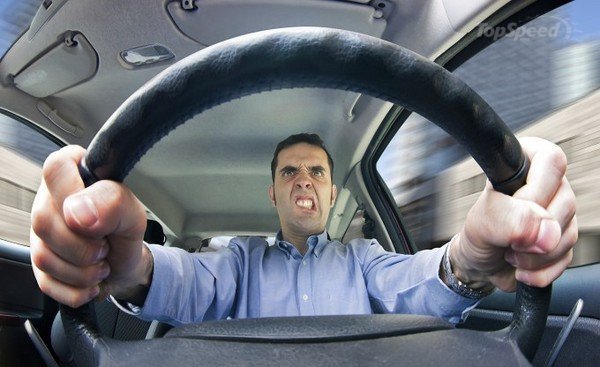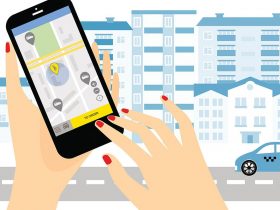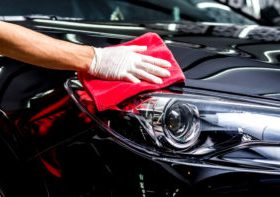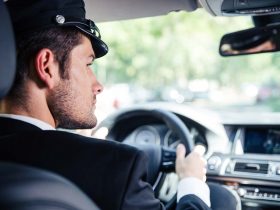By Jerry Mooney
Driverless cars are a part of our future. This causes a lot of concern, however, because metal robots speeding around our cities is potentially dangerous. Even if autonomous vehicles are orders of magnitude safer than human piloted cars, people will continue to voice their concerns.
Nelson, MacNeil and Rayfield, Trial Lawyers, recently published articles surrounding the challenges inherent in introducing driverless cars to our society. One prominent point is how they will affect the environment. First, the environment will certainly benefit. Not because robots are more efficient drivers, but because of the ease of recharging an electric car as opposed to pumping gas, will create a forcing function to further accelerate the advancement of electric cars.
Imagine your car dropping you off at work and then zipping off to pick up waiting customers as an Uber. And after it has traveled many miles, it drives to a parking garage where it sits over a wireless charging station to refuel. This is all possible because the car is not only autonomous, but electric.
And instead of offsetting your profits from the rides by pumping gas every few hundred miles, the car can charge, potentially using solar powered charging stations and all without pumping pollution into the atmosphere. If the autonomous car is gas powered, then there would need to be human assistance to add fuel, change the oil etc., whereas electric cars require virtually no maintenance. Because electric cars don’t use oil, coolant, belts, spark plugs etc., they require much less upkeep and have less opportunity. Think about how often you service your blender. This is comparable to electric car motors.
The way that companies like Tesla view cars is that they are the hardware which houses the software. Because of this and the speed that software evolves, electric cars become an obvious choice as we crawl into the future. This becomes even more obvious when we consider over-the-air updates instead of having to visit the dealership. This is all possible because of the internet, cloud computing and sophisticated developments in backup software.
Because of integrated communications, cars can drive more effectively. For example, when drivers are stopped at an intersection, we wait for the car in front of us to begin moving before we trust that we can begin. If the cars are navigated via GPS and the internet, each car can communicate a ‘go’ signal at the nanosecond level. Then each car can simultaneously accelerate not fearing that the driver in front of them is reading Facebook in their smartphone.
Additionally, more and more people, particularly millennials are working from home now that we can access work through computers. This is helping to alleviate traffic issues. But as the populations grow, all traffic solutions must be onboard, and cars that communicate with each other over the air has the potential to make a significant impact to routing and efficiency, further reducing gridlock.
This is going to cause some disruptive waves to some industries. For example, if you are an oil trillionaire, the idea of the world shifting to solar power and electric cars sounds like an existential threat. However, if you’re a normal, air-breathing human, this is a welcome idea.
There are industries that will have to figure out how to adapt to this new reality. For example, how do you insure a robot driver? Will robot Uber drivers go online to compare auto insurance? And if they do, how will insurance companies rate them? There will obviously need to be some considerations surrounding liability, but how do we enforce financial incentives for safety to a system that only has limited consciousness? These issues will transform insurance for sure.
Driverless cars are not only on the horizon, they are here and they are disruptive. The question is more about when will humans be ready to accept them than when will driverless cars be ready. But after we’ve all experienced miles of driving in, next to and around autonomous vehicles, we will adapt. And it’ll will be great when we can update our Facebook without holding up traffic while we do it.






















